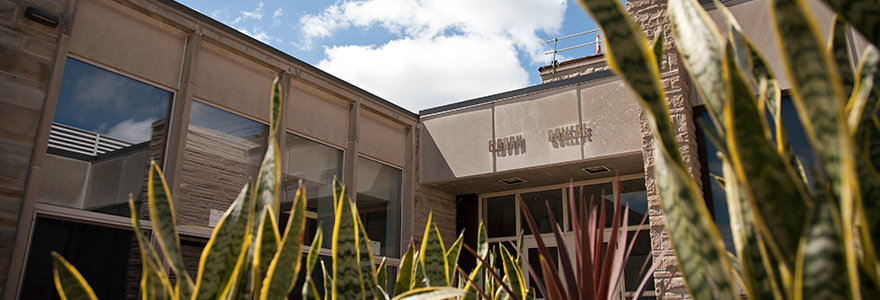About OT
General Contact Information
Inquiries
Email: askot@uwo.ca
Location
Elborn College, Room 1000
(see map)
Western University
London, Ontario N6A 1H1
Office Hours
Monday-Friday
9:00 a.m. to 4:00 p.m.
About the School of Occupational Therapy

Leaders in Teaching and Research
Programs Offered
Western's School of Occupational Therapy believes in the transformative power of occupation. Through a commitment to social justice, social inclusion, and health and well being, faculty members and students engage in teaching, research and learning that creates positive change locally, nationally and internationally.
Teaching and research in the School of Occupational Therapy is enhanced through a network of international and interprofessional collaborations that broadens the understanding of occupation and motivates students impact the world at individual and societal levels.
What is Occupational Therapy?
Occupational therapy is a dynamic, internationally-recognized health profession concerned with enabling occupation to promote health, well-being, social inclusion and social justice at individual, family, community and societal levels.
What is Occupation?
Occupations encompass the range of activities that individuals, families and communities engage in to survive (e.g., work for an income), strive (e.g., study for a degree), thrive (contribute in social or community settings) and flourish (e.g., successfully fulfilling the many roles of being a parent). Occupations are key to the experience of meaning and purpose in everyday life. In particular, occupational therapists work with individuals and groups who are facing a range of personal and environmental challenges to engaging in occupations. Occupational therapists use, devise and enact approaches collaboratively to promote participation in everyday life.
A History of the School of Occupational Therapy - 1971 to 2012
Compiled by Professors Emerita Joyce MacKinnon and Thelma Sumsion, this document chronicles the history of the School of Occupational Therapy, from its roots as a BScMR(OT) program in the Dental Sciences Building, through to the creation of a combined MScOT/PhD program in 2011-12. Many thanks to Profs. MacKinnon and Sumsion for their hard work and dedication in producing this document and their many contributions to the School of Occupational Therapy.

